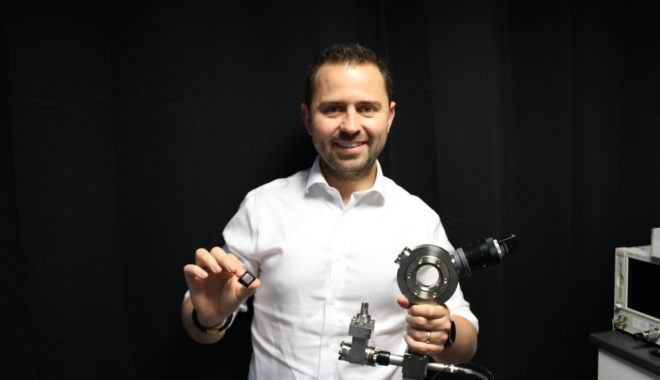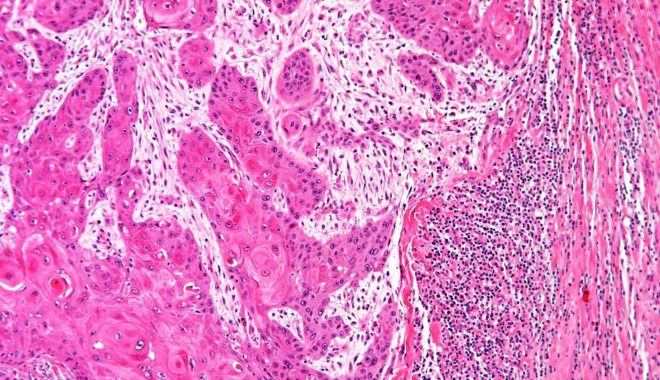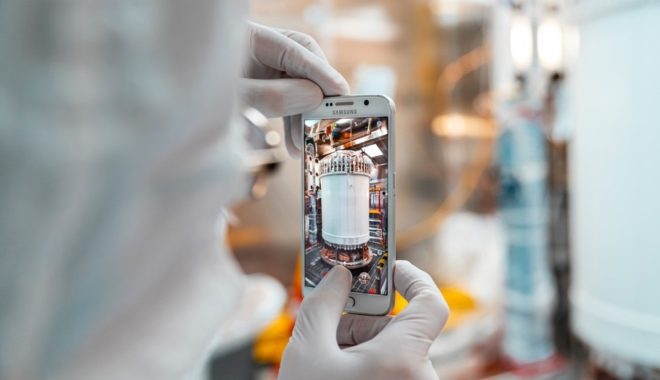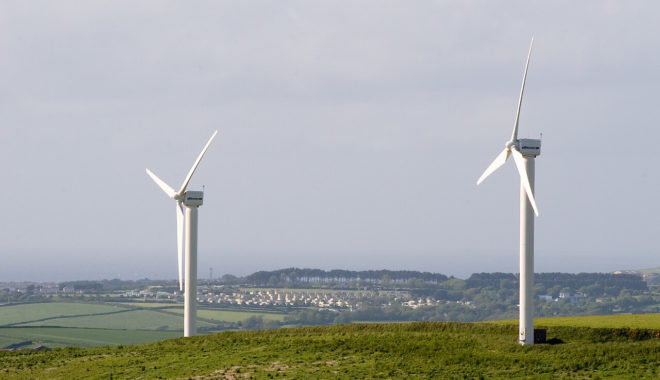Reflections on COP28: how our partner universities are inspiring a green revolution
Universities and the ground-breaking research from their dedicated teams have long influenced the conversations and change connected to COP. Here are highlights from some of our members’ COP-related research and activities.







